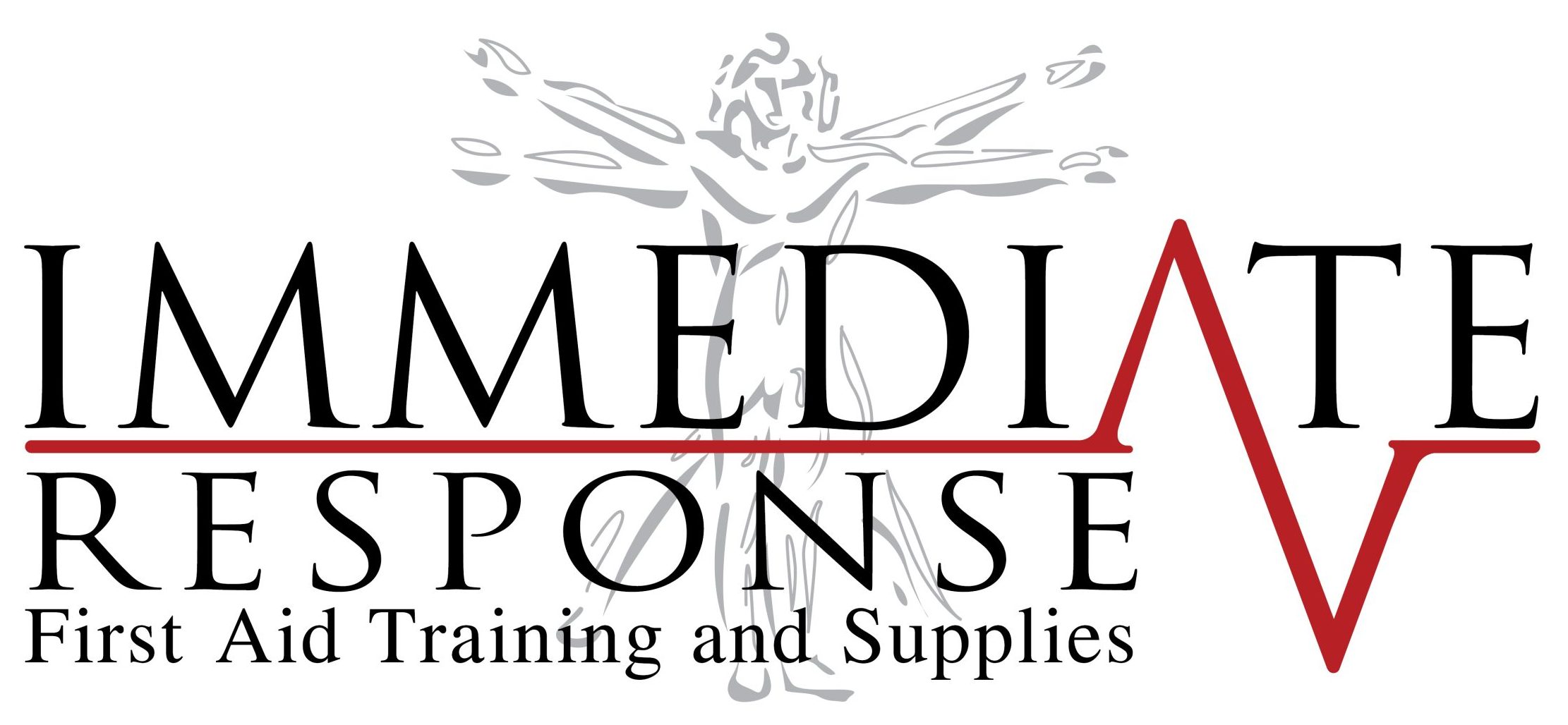Diabetes
Hyperglycaemia

![]() Excessive thirst.
Excessive thirst.
![]() Drowsiness, feeling of being very tired.
Drowsiness, feeling of being very tired.
![]() Frequent need to urinate and large volumes of urine.
Frequent need to urinate and large volumes of urine.
![]() Hot, dry skin.
Hot, dry skin.
![]() Sweating.
Sweating.
![]() Blurred vision.
Blurred vision.
![]() Smell of acetone (nail polish remover) on the breath.
Smell of acetone (nail polish remover) on the breath.
![]() Unconsciousness.
Unconsciousness.

 If unsure if the casualty has low or high blood sugar always treat for low blood sugar.
If unsure if the casualty has low or high blood sugar always treat for low blood sugar.
 High blood sugar requires immediate expert medical treatment – call 000 for an ambulance urgently.
High blood sugar requires immediate expert medical treatment – call 000 for an ambulance urgently.
Hypoglycemia

![]() Confused or aggressive.
Confused or aggressive.
![]() Hunger.
Hunger.
![]() Slurred speech.
Slurred speech.
![]() Pale.
Pale.
![]() Profuse sweating.
Profuse sweating.
![]() Tingling around the mouth and lips.
Tingling around the mouth and lips.
![]() Rapid pulse.
Rapid pulse.
![]() Shaking or seizures.
Shaking or seizures.
![]() Tiredness or weakness.
Tiredness or weakness.
![]() Unconsciousness.
Unconsciousness.

 Call 000 for an ambulance.
Call 000 for an ambulance.
 If conscious give the casualty:
If conscious give the casualty:
- 150mls of sweet drink OR
- 2 – 4 teaspoons of sugar or honey OR
- 5 – 7 jelly beans.
Repeat if casualty does not improve after 5 – 10 minutes.
 On recovery and once the casualty is alert; encourage them to eat foods high in carbohydrates e.g. 2 – 4 dry biscuits, a sandwich, a glass of milk.
On recovery and once the casualty is alert; encourage them to eat foods high in carbohydrates e.g. 2 – 4 dry biscuits, a sandwich, a glass of milk.
 If unconscious but breathing normally place casualty on their side in the recovery position and monitor their airway, breathing and circulation.
If unconscious but breathing normally place casualty on their side in the recovery position and monitor their airway, breathing and circulation.

 DO NOT attempt to give a casualty an insulin injection unless you are trained to do so.
DO NOT attempt to give a casualty an insulin injection unless you are trained to do so.
 DO NOT give the casualty anything by mouth if unconscious, this may block the airway.
DO NOT give the casualty anything by mouth if unconscious, this may block the airway.
 DO NOT give the casualty a diet drink, it has no sugar value and will not assist.
DO NOT give the casualty a diet drink, it has no sugar value and will not assist.
http://www.diab

